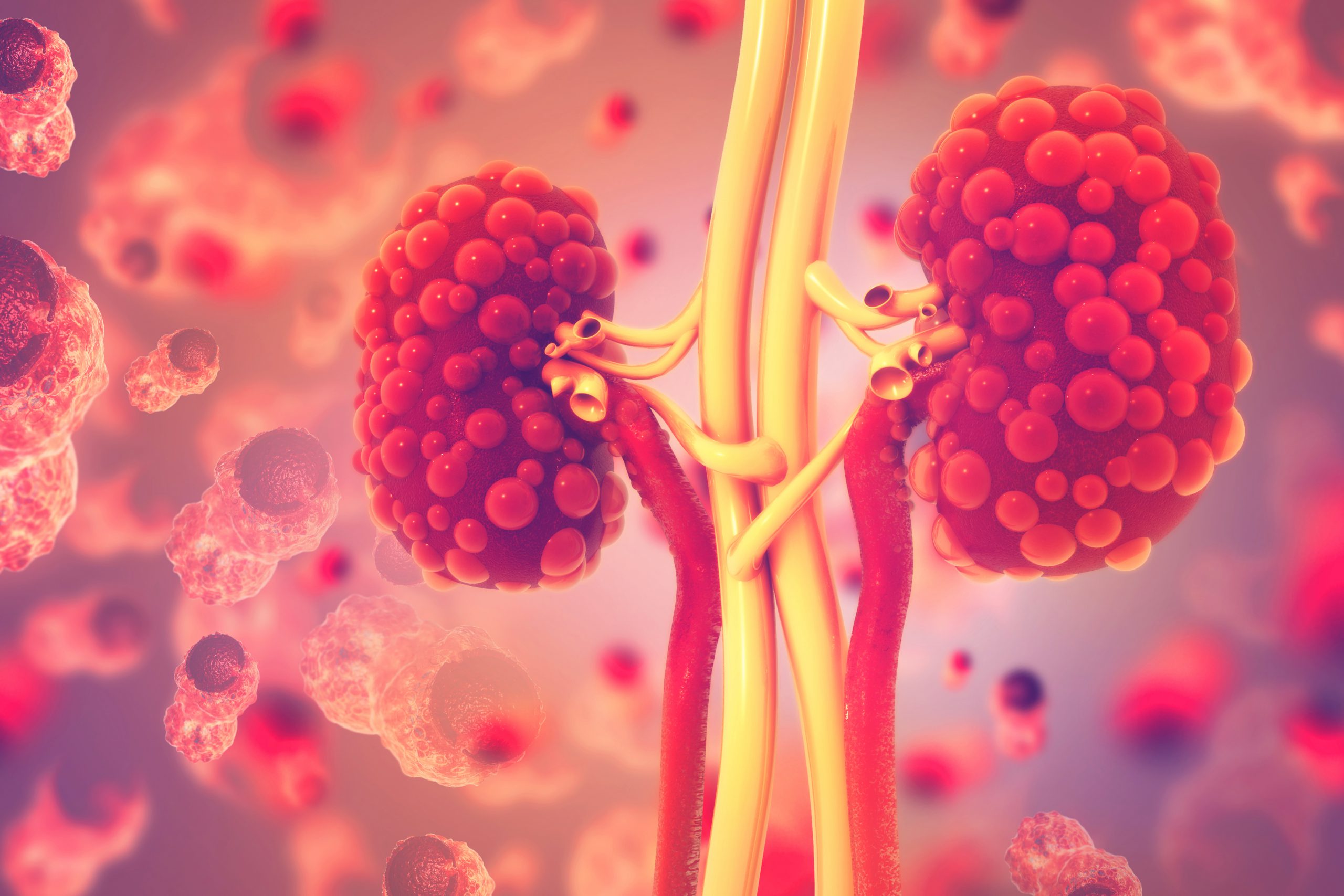Get Easy Health Digest™ in your inbox and don’t miss a thing when you subscribe today. Plus, get the free bonus report, Mother Nature’s Tips, Tricks and Remedies for Cholesterol, Blood Pressure & Blood Sugar as my way of saying welcome to the community!
Kidneys carried the second-highest COVID-19 viral load

One of the reasons COVID-19 is such a devastating illness is because it can attack several systems within the body at once. COVID-19 has a wide range of symptoms, including respiratory, neurological and gastrointestinal. And it’s known to wreak havoc with several of the body’s organs, including the lungs, heart, kidneys and liver.
Researchers have been reviewing autopsies of COVID-19 patients to confirm the multi-system nature of the illness and determine the nature and extent of the damage it causes.
As expected, the lungs appear to be the central target of the virus that causes COVID-19. But the organ that came in at No. 2 may surprise you…
More than a lung disease: COVID-19 takes aim at the kidneys
Back in the spring of 2020, at the beginning of the global pandemic, authorities in Hamburg, Germany, ordered autopsies on all patients who had died with COVID-19. This directive has resulted in one of the world’s largest autopsy databases in which data on all organ systems was recorded. This database has provided the groundwork for many organ-related COVID-19 research projects.
In a frequently cited nephrologic study from last year, researchers specifically focused on viral load, or the number of copies of the COVID-causing SARS-CoV-2 virus per cell. They discovered the viral load found in the deceased was highest in the respiratory tract and second highest in the kidneys. Lower levels of the COVID-19 virus were found in the heart, liver, brain and blood.
Old age and the number of pre-existing conditions were associated with multi-organ and renal tropism, or how attracted COVID-19 is to those organs.
The specific impact of COVID-19 on the kidneys
A separate kidney study from 2020 showed COVID-19 patients have a 56.9 percent rate of acute kidney injury (AKI), which is significantly higher than the 37.2 percent rate in other intensive care patients with severe infections or sepsis. Dialysis was required by 4.9 percent of COVID-19 patients, compared to 1.6 percent of the others.
In a study of U.S. veterans with COVID-19, one in three participants developed AKI, with 12 percent needing dialysis. And 47 percent of those patients had not recovered kidney function by the time they were discharged.
“These are dramatic figures,” says Professor Tobias Huber of UKE Hamburg, who led the viral load-focused nephrologic study. “We know from major AKI studies that some patients whose kidney function does not recover after AKI subsequently transition to chronic kidney disease.”
AKI was connected with a higher risk of mechanical ventilation, mortality and prolonged inpatient treatment. Predictors of AKI include age, obesity, diabetes, hypertension, restricted kidney function, male gender, and African American descent.
In another major autopsy study conducted by Huber and his team, the SARS-CoV-2 virus was directly detected in the kidneys in 60 percent of the 63 autopsies reviewed, correlating with age, number of coexisting diseases and male gender. And when the virus was detectable in the kidneys, the time between COVID-19 diagnosis and date of death was 14 days, compared with 21 days for patients in which the virus was not detected in the kidneys.
There was also a connection between renal tropism and AKI incidence. Of a total of 40 patients, seven had no AKI, with three of the seven having SARS-CoV-2 viral kidney infection. And of the 33 patients with AKI, 23 of the 33 had SARS-CoV-2 detected in the kidney.
Researchers isolated the virus from tubule cells of the autopsied kidney tissue and conducted cell infection experiments. Those results showed the viruses remained active and capable of replication, increasing a thousand-fold in 48 hours.
Together, these studies indicate SARS-CoV-2’s affinity for the kidney is a possible explanation for why kidney injury occurs so frequently in COVID-19 patients.
Protecting your kidney health
Since pre-existing health conditions appear to make COVID-19 worse, it’s important to keep your kidneys as healthy as possible in case you’re unlucky enough to catch the virus.
If you have poor kidney health, discuss safety measures with your doctor.
One of the most important things you can do to protect your kidney health is to stay hydrated. The suggestion is to drink eight glasses of water a day, although you may need more or less depending on climate, exercise and certain health conditions. For instance, if you’ve had kidney stones in the past, you should drink more water to help prevent such deposits from forming in the future.
Another good idea is to keep your use of NSAIDs (nonsteroidal anti-inflammatories) like ibuprofen to a minimum. Chronic use of these anti-inflammatory pain relievers can lead to kidney damage.
In addition, if you have diabetes or high blood pressure, make sure you properly manage those conditions, as both can lead to kidney problems. By controlling your blood sugar and blood pressure, you can reduce the risk of kidney damage.
Editor’s note: There are perfectly safe and natural ways to decrease your risk of blood clots including the 25-cent vitamin, the nutrient that acts as a natural blood thinner and the powerful herb that helps clear plaque. To discover these and other secrets of long-lived hearts, click here for Hushed Up Natural Heart Cures and Common Misconceptions of Popular Heart Treatments!
Sources:
COVID-19 as systemic disease: What does that mean for kidneys? — EurekAlert!
8 Ways to Keep Your Kidneys Healthy — Healthline













